A new magnet for tourists has appeared in Indonesia. It is located not on the popular Bali but on the neighboring Java. A group of Indonesian scientists has proven that the megalithic structure of Gunung Padang is the oldest known pyramid in the world. This is reported in an article published in the journal Archaeological Prospection.
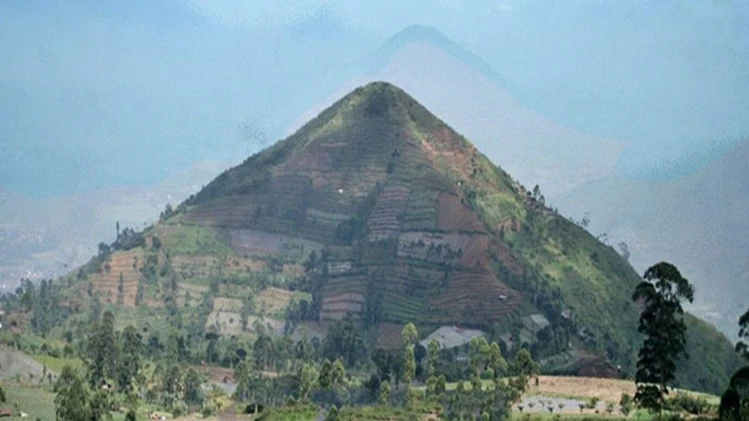
For centuries, the elevation of Gunung Padang was considered an ordinary mountain. Locals were convinced that it had a natural origin and diligently cultivated its slopes, creating their gardens. Recent research results prove that it is the oldest human-made structure on our planet known to date.
The hill with a regular shape first caught the attention of the Dutch in 1914. In their report, employees of the colonial Archaeological Service mentioned it as Mount Gunung Padang (Enlightenment Mountain), which locals climbed for meditation. It wasn't until 1979 that scientists - geographers and geologists - ascended to the top. There, they found hundreds of stone blocks of regular shape arranged in a specific order. The mysteries of Gunung Padang began: who made these blocks, why, and most importantly, how were they brought here to an altitude of 885 meters above sea level?
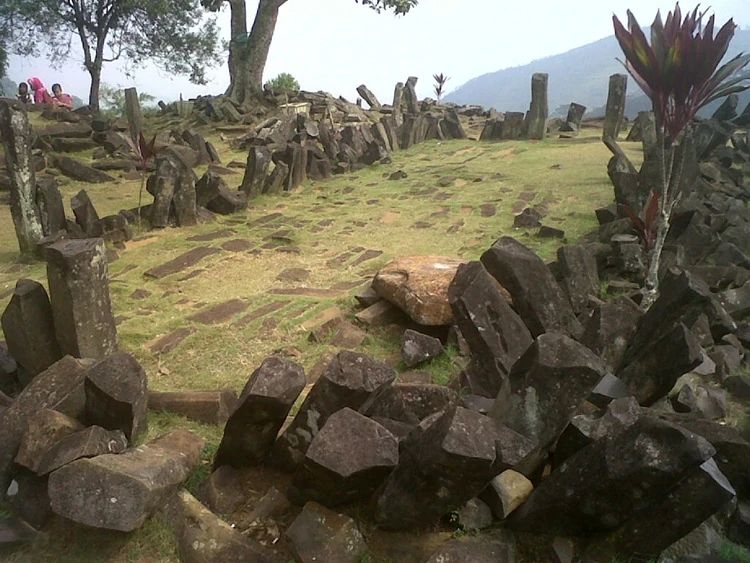
In 2011, Indonesian archaeologist Danny Natawidjaja arrived with an expedition to study Mount Padang. From the first days, it began to bring surprises. As it turned out, it consisted of five terraces, one higher than the other, with more than 400 steps leading to the top. On the cleared summit, remnants of megalithic structures were found. The first radiocarbon analyses confirmed the ancient construction: 1500 - 500 BC. And soon, aerial photography data emerged. The excessively regular geometric shape of Padang suggested its artificial origin. The government took on the funding of excavations, and extensive work began, revealing one astonishing discovery after another. Padang indeed turned out to be an artificial pyramid over 200 meters high (the Great Pyramid of Giza is 146.6 meters), built from volcanic rock blocks bonded with cement. Inscriptions were found on the cleared walls.
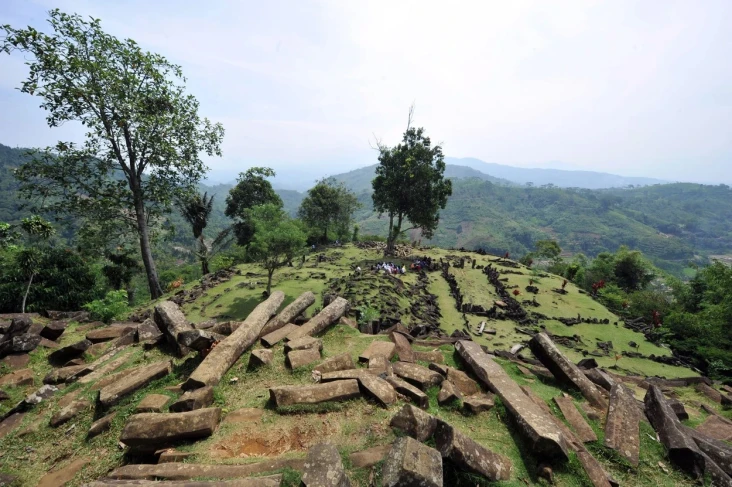
The results of a recent radiocarbon analysis led scientists to conclude that ancient people carved this structure in the core of a volcano thousands of years ago. Construction began during the last glacial period, at least 16,000 years ago, and possibly even earlier—27,000 years ago.
Initially, builders carved figures from solidified lava at the top of the dormant volcano. Several thousand years later, between 7900 and 6100 BCE, a layer of bricks and stone columns was added. Sometime later, another group of builders covered part of the hill with a layer of soil, concealing some early work. The pyramid was completed around 2000 to 1100 BCE, with stone terraces added, visible on the volcano's surface today.
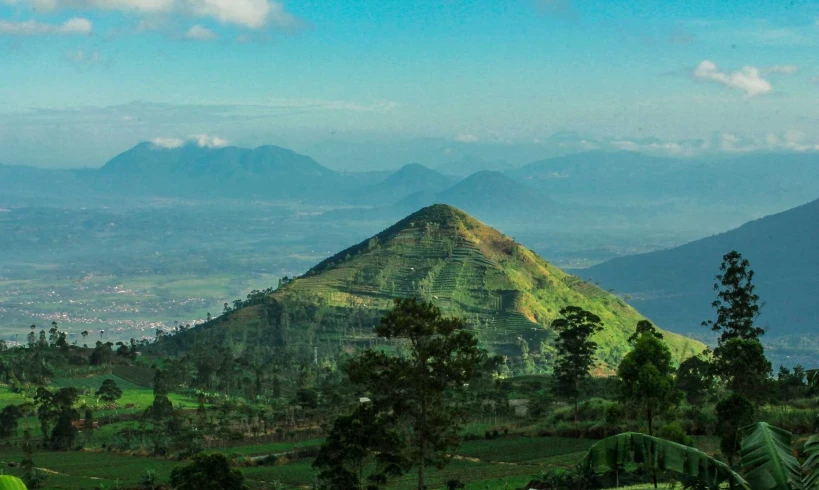
"The builders of this structure must have possessed highly advanced stone masonry skills that do not correspond to the traditional abilities of hunter-gatherers," writes the group of researchers in their report. "Given the prolonged and continuous occupation of Gunung Padang, it is logical to assume that this place held great significance, attracting ancient people who repeatedly occupied it with struggles and made their modifications.
When researchers studied the internal parts of the pyramid using radio waves, they discovered hidden cavities and chambers, some up to 15 meters long, with ceilings 10 meters high. It is unclear whether they were built by humans or formed naturally over thousands of years. The next step for archaeologists will be an attempt to access these voids, which may have served as sarcophagi.
In October 2014, a metallic object was found in the eastern part of the mountain, adding more mysteries. Scientists determined its age to be 11,000 years, and metallurgists found aluminum in its composition. In modern times, aluminum is produced by electrolysis, so how did the ancient Javanese obtain it 11,000 years ago? Did the ancient Javanese have electricity? Or did they possess unknown methods of isolating chemical elements?
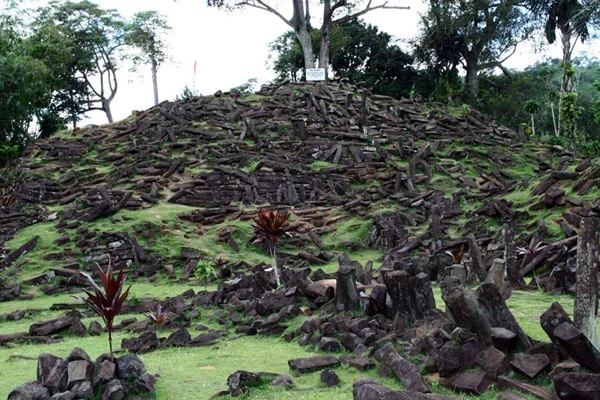
Ufologists joined the investigation to explain the discovery of aluminum artifacts on Padang. According to their version, the artifact was, of course, lost by aliens. They built the pyramid on Java. The theory is amusing, but Javanese myths mention 'the sister of Earth, inhabited by people, lying 500 steps of light away from it.'
Sources:
You can add one right now!